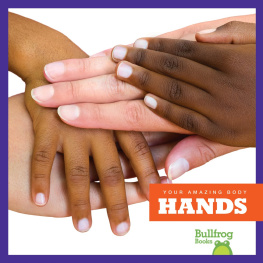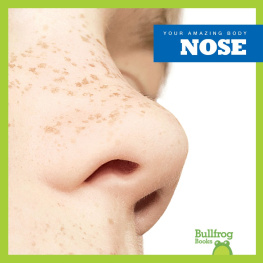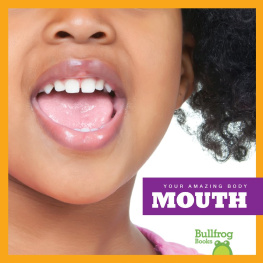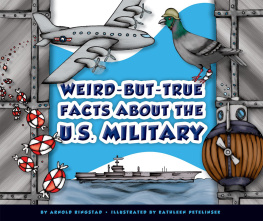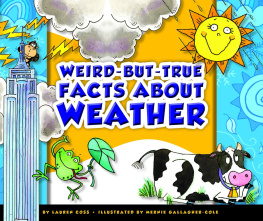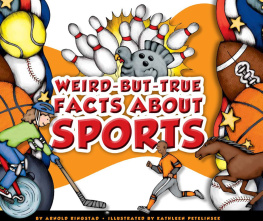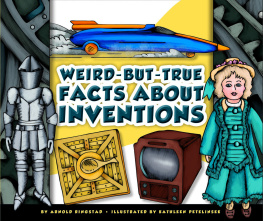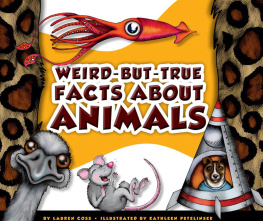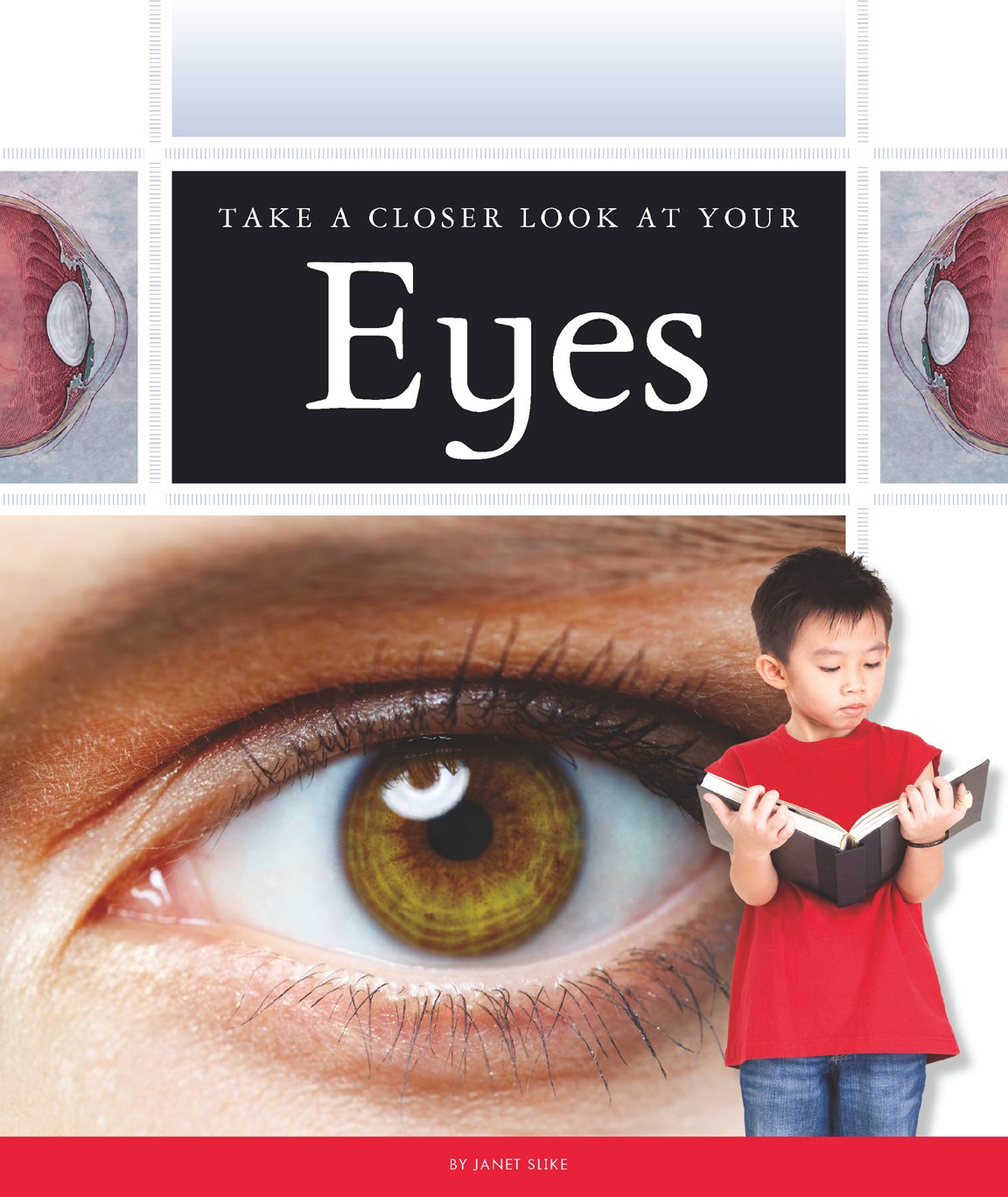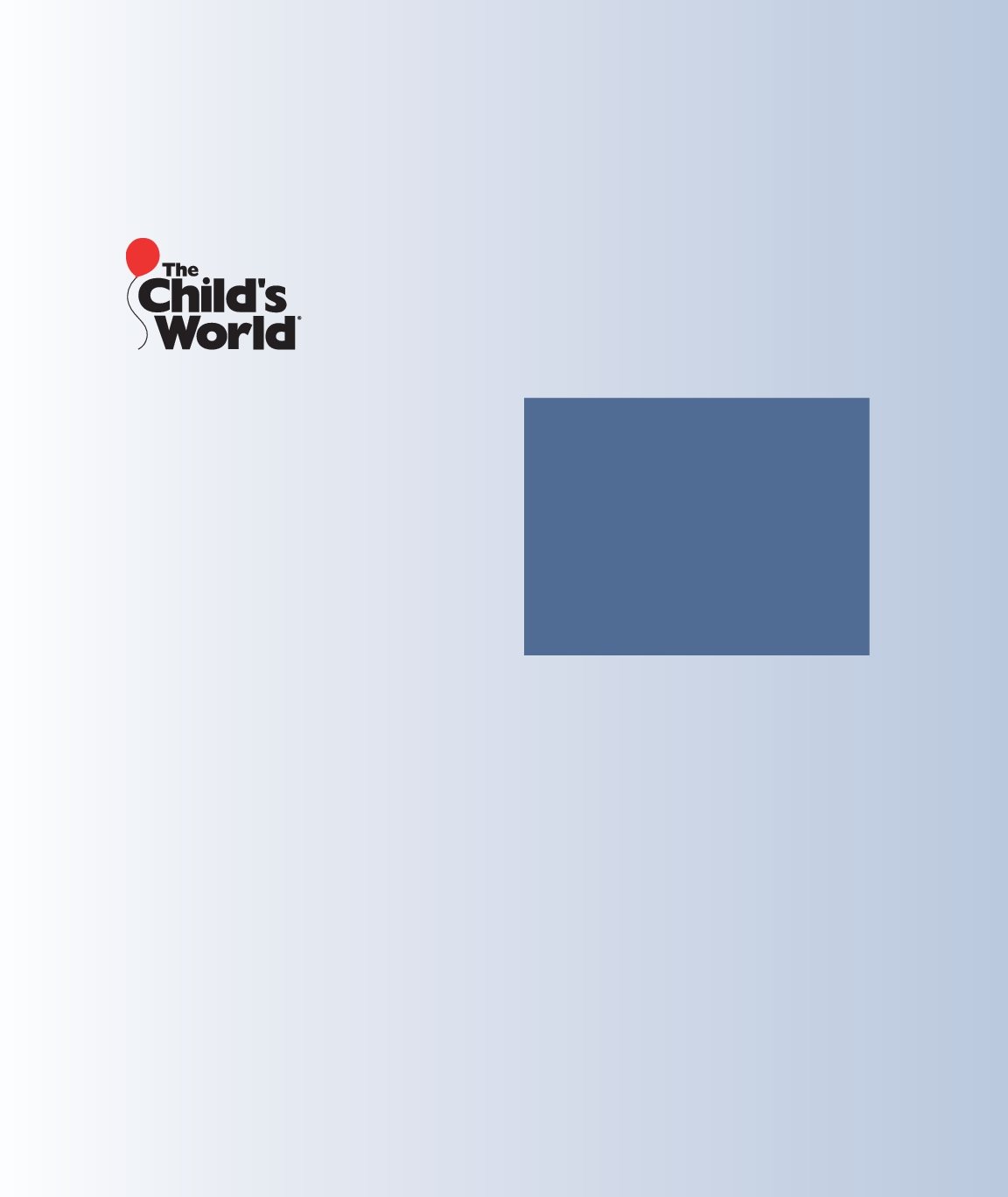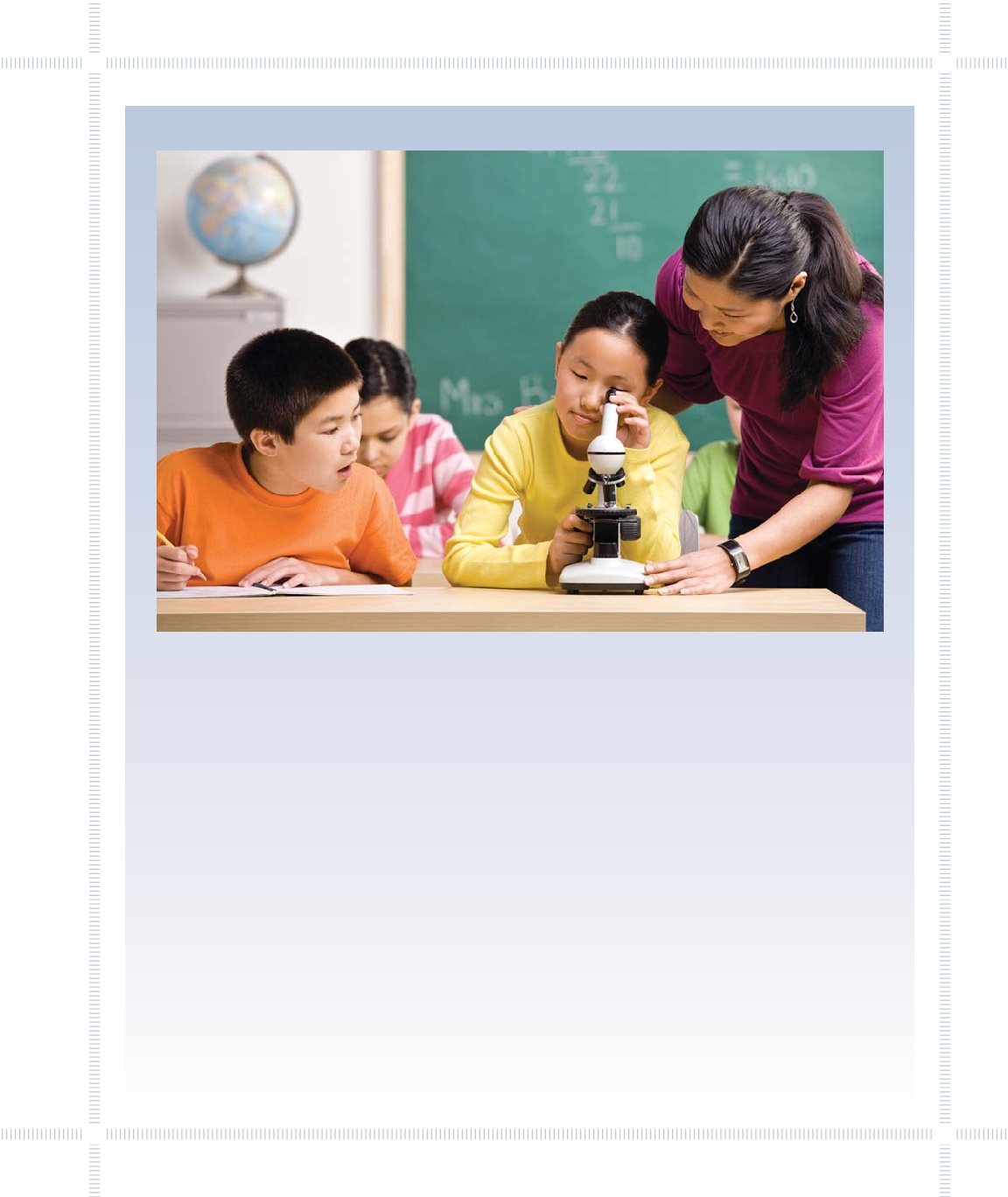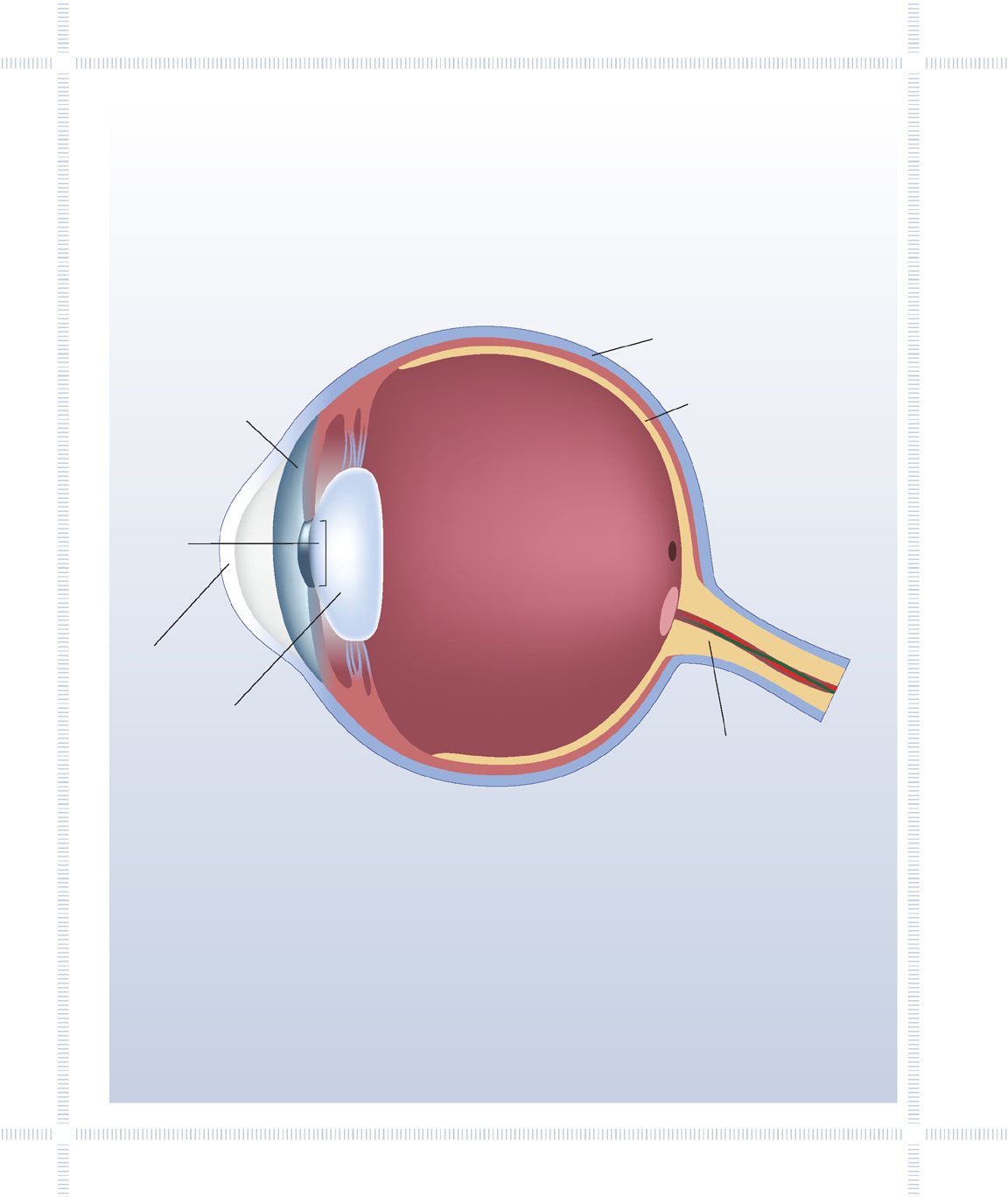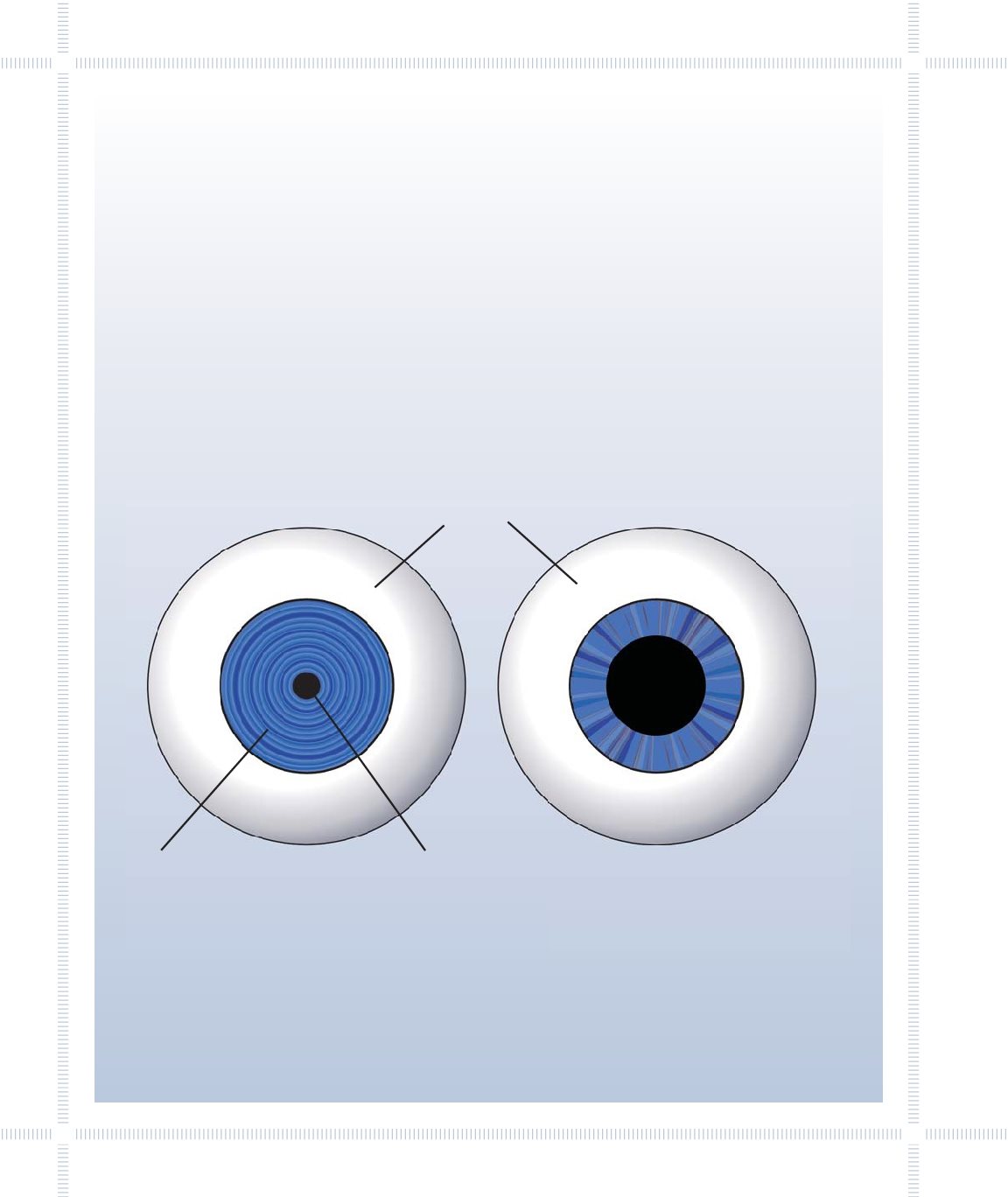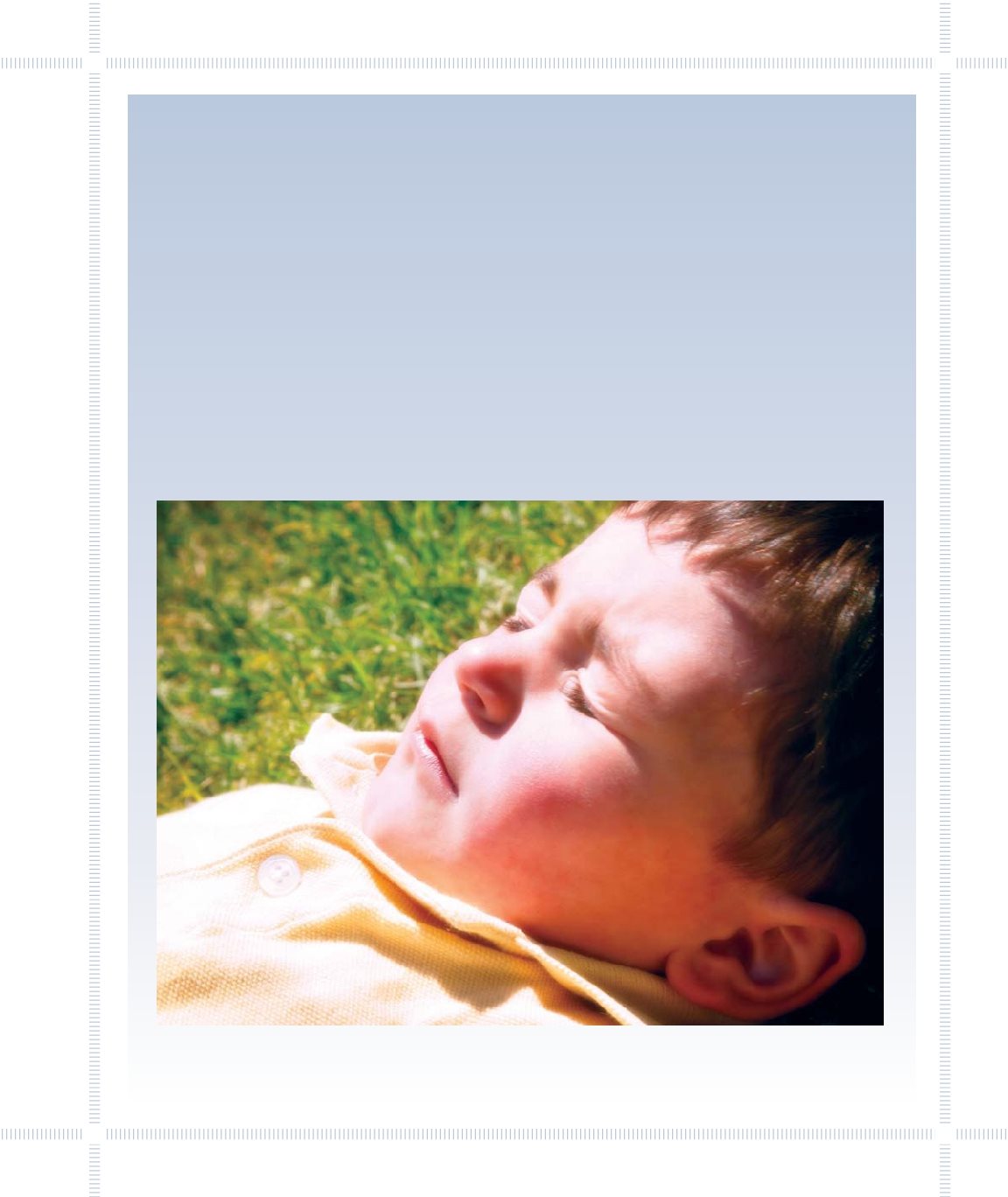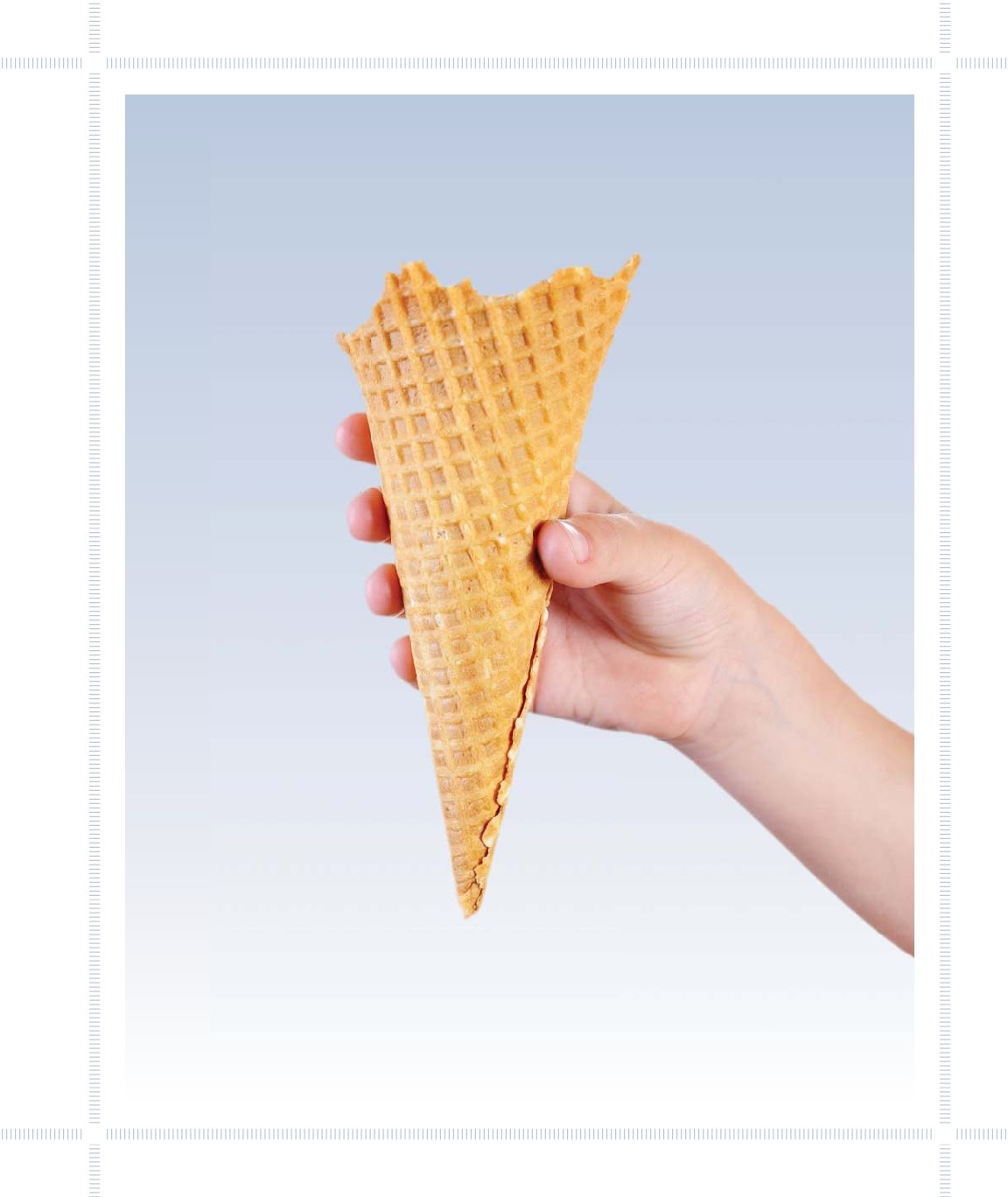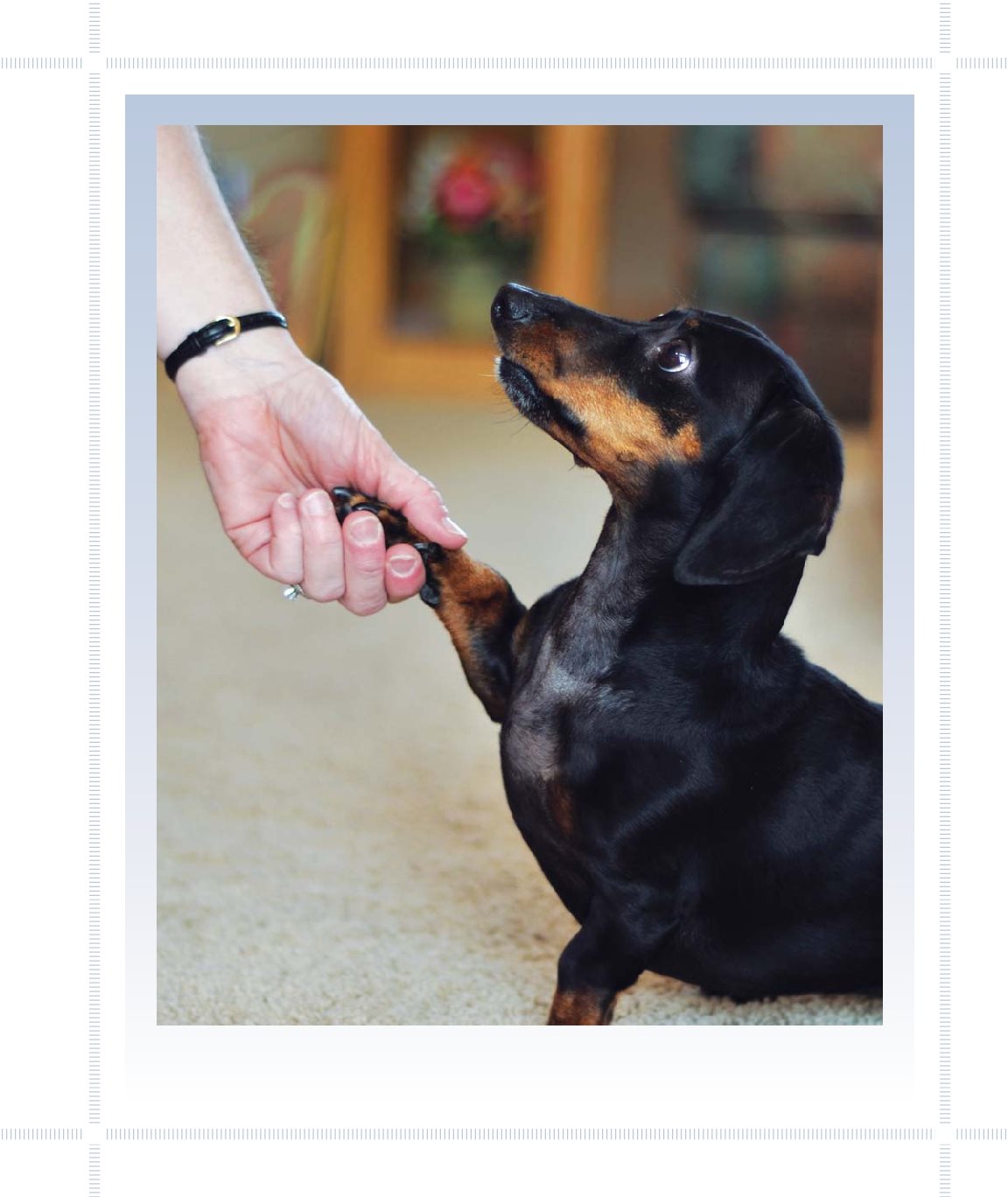Published by The Childs World
1980 Lookout Drive Mankato, MN 56003-1705
800-599-READ www.childsworld.com
Acknowledgments
The Childs World: Mary Berendes, Publishing Director
Red Line Editorial: Editorial direction and production
The Design Lab: Design
Content Consultant: Jeffrey W. Oseid, MD
Photographs : iStockphoto, title, 23; Artville, title;
Shutterstock Images, title, 5, 8; Alila Sao Mai/Shutterstock
Images, 6; Design Pics/Thinkstock, 9; Zoonar/Thinkstock,
11; Hemera/Thinkstock, 13; Comstock/Thinkstock, 14;
iStockphoto/Thinkstock, 16, 24; Goodshoot/Thinkstock, 19;
Valuline/Thinkstock, 21
About the Author
Janet Slike is a freelance editor
and writer. Her short stories
for adults have appeared in
the anthology Columbus: Past,
Present, Future and several
magazines.
Front cover: iStockphoto; Artville; Shutterstock Images
Copyright 2014 by The Childs World
All rights reserved. No part of this book may be reproduced
or utilized in any form or by any means without written
permission from the publisher.
ISBN: 978-1623235444
LCCN: 2013931396
Printed in the United States of America
Mankato, MN
July, 2013
PA02175
Table of Contents
chapter 1
What Are Eyes?
You and your friends are having a snowball fight. You see it
coming. A snowball speeds your way, but it doesnt hit bare
skin. Thats a relief! In the winter, you dress in layers to stay
warm and dry. Your amazing eyes also have many layers to
protect them.
You learn a lot about the world through your eyes. To do
such a big job, the eyes have two million parts. Lets learn about
some of them.
Your eyes are busy helping you see and learn.
Over each eye is a top and bottom lid. These lids are called
eyelids. The eyelid is a layer of thin skin that protects the eyes
and helps them stay clean. Eyelids are like your winter coat,
since both are outside layers. When you see bright lights, you
shut your eyes without thinking. The eyelids keep fluid in your
eyes when you sleep. Eyeballs are naturally wet and feel like
peeled grapes. You do not want them to feel like dry raisins!
Stuck to the eyelids are hairs called eyelashes. They keep out
dust and small particles . Dust in the eyes makes them itchy.
Eyelids and eyelashes are not a part of the actual eyes.
Sclera
Retina
Optic nerve
Iris
Pupil
Cornea
Lens
The eyeballs are marble shaped. They are an inch around
when you are a teenager. The eyeballs will not grow any bigger
than this. The eyes belong to the nervous system. They sit in
holes called sockets, which are a part of the skull. There is a
socket on each side of your nose.
The next layer is like a heavy sweater. The cornea covers
the front of the eye. It is an odd organ because it does not
have blood vessels. It receives nutrients through the aqueous
humor , a liquid.
The white part of the eye is the sclera . It is a tough outer
coat made of tissue. The sclera helps control eye movements.
The iris is in the middle of the eye. It controls how much
light enters the eye. When you say what eye color you have,
you are talking about your iris. People with blue eyes have less
pigment, or color, in their irises than people with brown eyes.
Eye color is a genetic trait. Your parents gave you genes for a
certain eye color.
Sclera
Iris
Pupil
The pupil is the black circle in the center of the iris. Light
goes through the pupil on its way to the retina . The pupil
changes size depending on the amount of light. Your pupil gets
bigger to let in light when you are in a dark room. Your pupil
gets smaller to block extra light when you are in the sunshine.
Behind the pupil lies the lens . Its thousands of small fibers send
light to the retina.
The eyelids shut tight when there is bright sunshine.
You can choose paint for an art project because of your
retina. It has special cells called cones that let us see colors.
Long ago, pirates
believed wearing
earrings would
improve their
eyesight. They
thought the metal
in earrings had
magical powers.
The cells are shaped like ice cream
cones. Rods are rectangular cells that
help us see motion. They also help us
see at night. There is a big optic nerve
at the back of the eye. It sends images
to your brain.
Special cells shaped like ice cream cones help us see colors.
Chapter 2
What Do the
Eyes Do?
What happens when you see your dog? Before you pet him, you
need to know he is there. Light bounces off your dog and reaches
your eye. The cornea and lens bend the light. Then an image is
sent to the retina.
The image is not quite right. It is upside down. The optic
nerve sends the image to your brain. Your brain makes the
image right side up. Babies cannot do this right away. Their
world is upside down for a few days.
Not all animals have
two eyes. The sea
scallop has up to
100 eyes!
The image is also reversed. Your dog
is holding up his right paw to shake.
But the image shows him raising his left
paw. Your brain fixes that, too.



